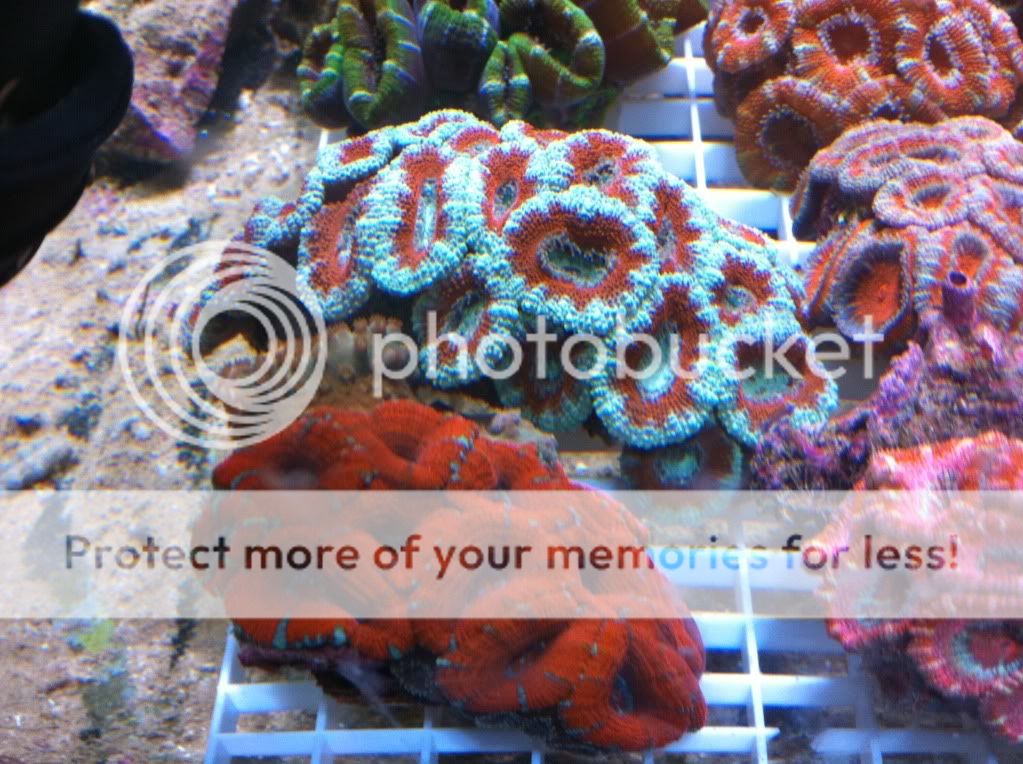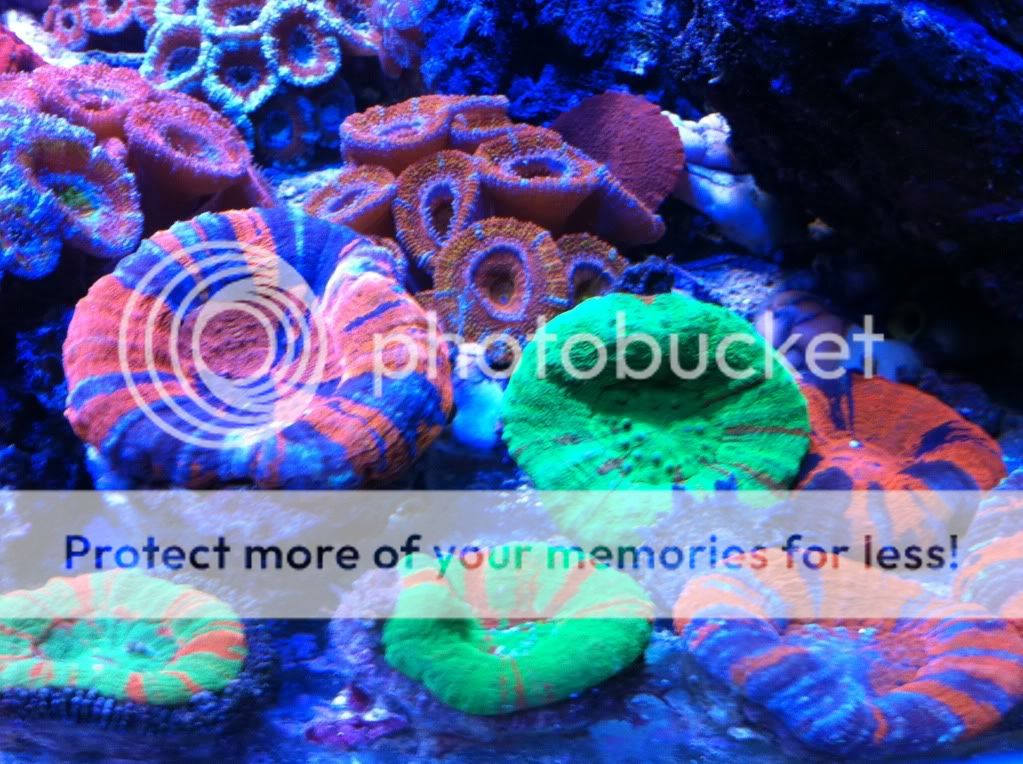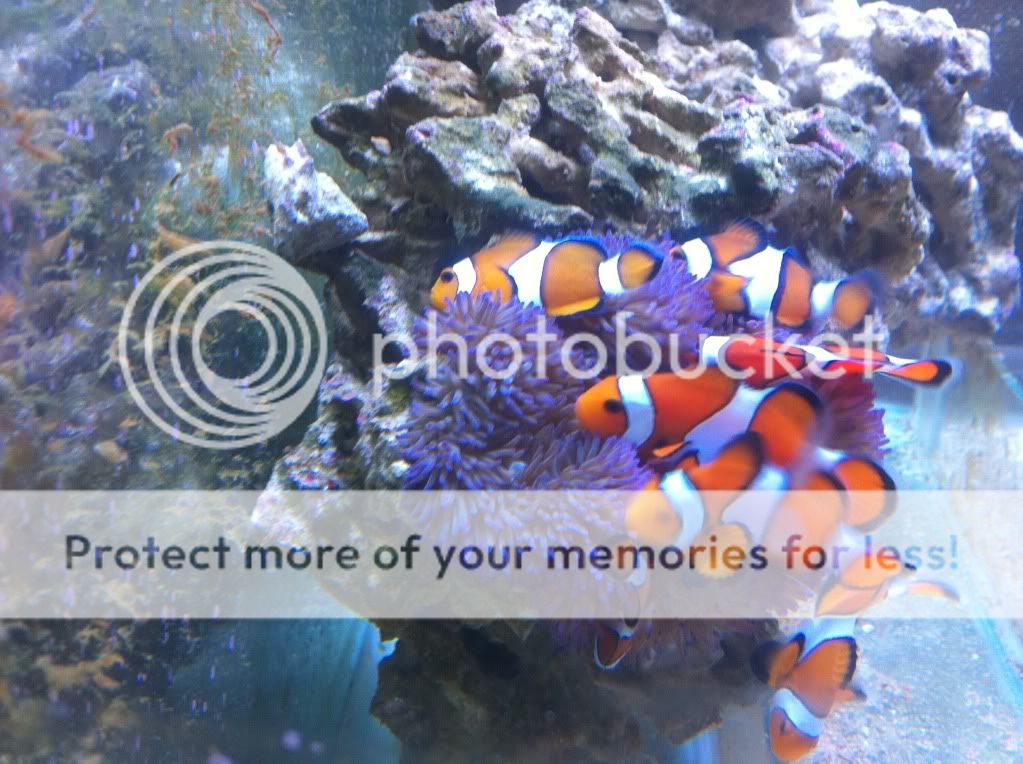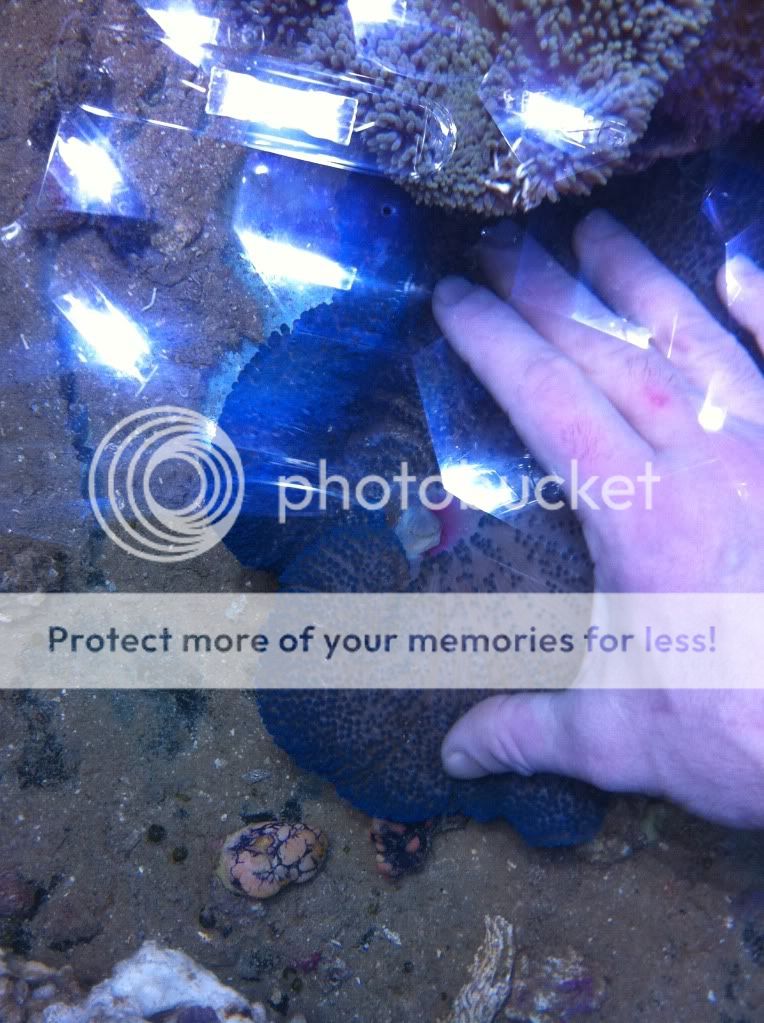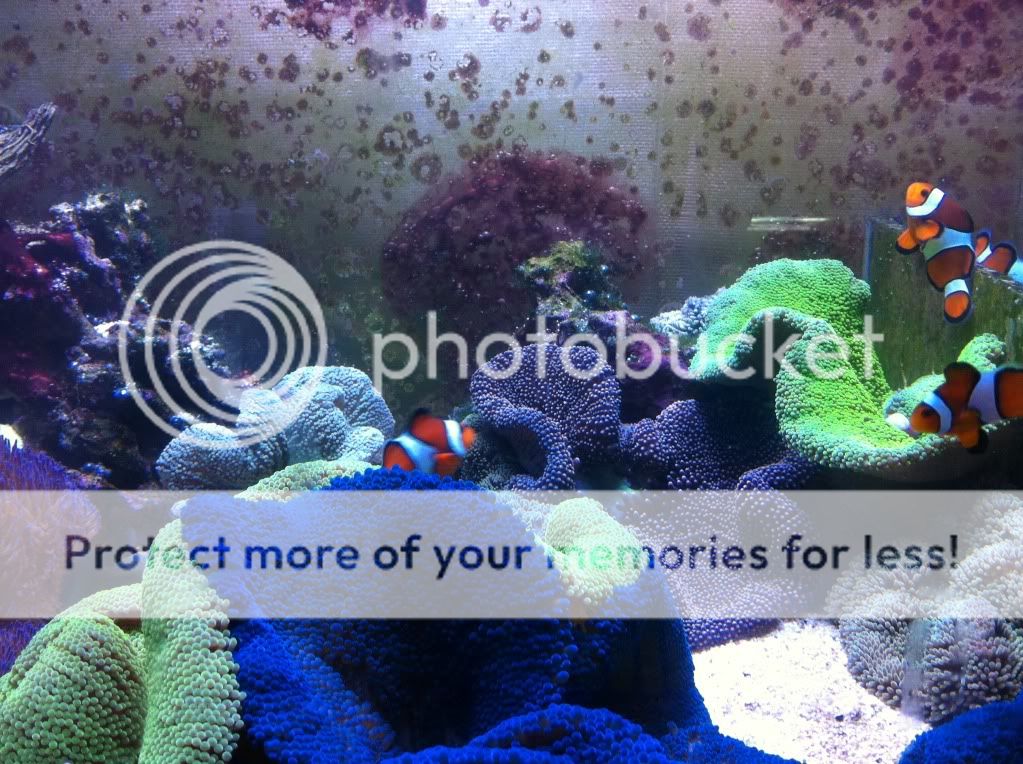Mi gigantea is in still QT with enrofloxacine, I do not perform daily water changes. He is inflated 50% but when placed in DT he deflates completly in two days or so. I think his inmunological system is destroyed so I am doing a kind of "artificial life support" .
Mi other QT tank is holding a ctenochaetus hawainensis with fin rot that need time (I will perform 5 hour daily bath with 5 mg/l enrofloxacine)
I do not know what to do with my loved gigantea. Maybe is time to let him go..

Mi other QT tank is holding a ctenochaetus hawainensis with fin rot that need time (I will perform 5 hour daily bath with 5 mg/l enrofloxacine)
I do not know what to do with my loved gigantea. Maybe is time to let him go..

